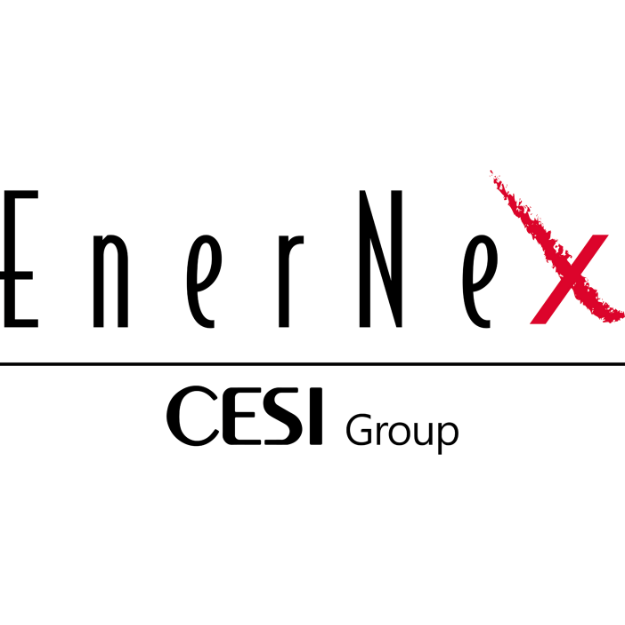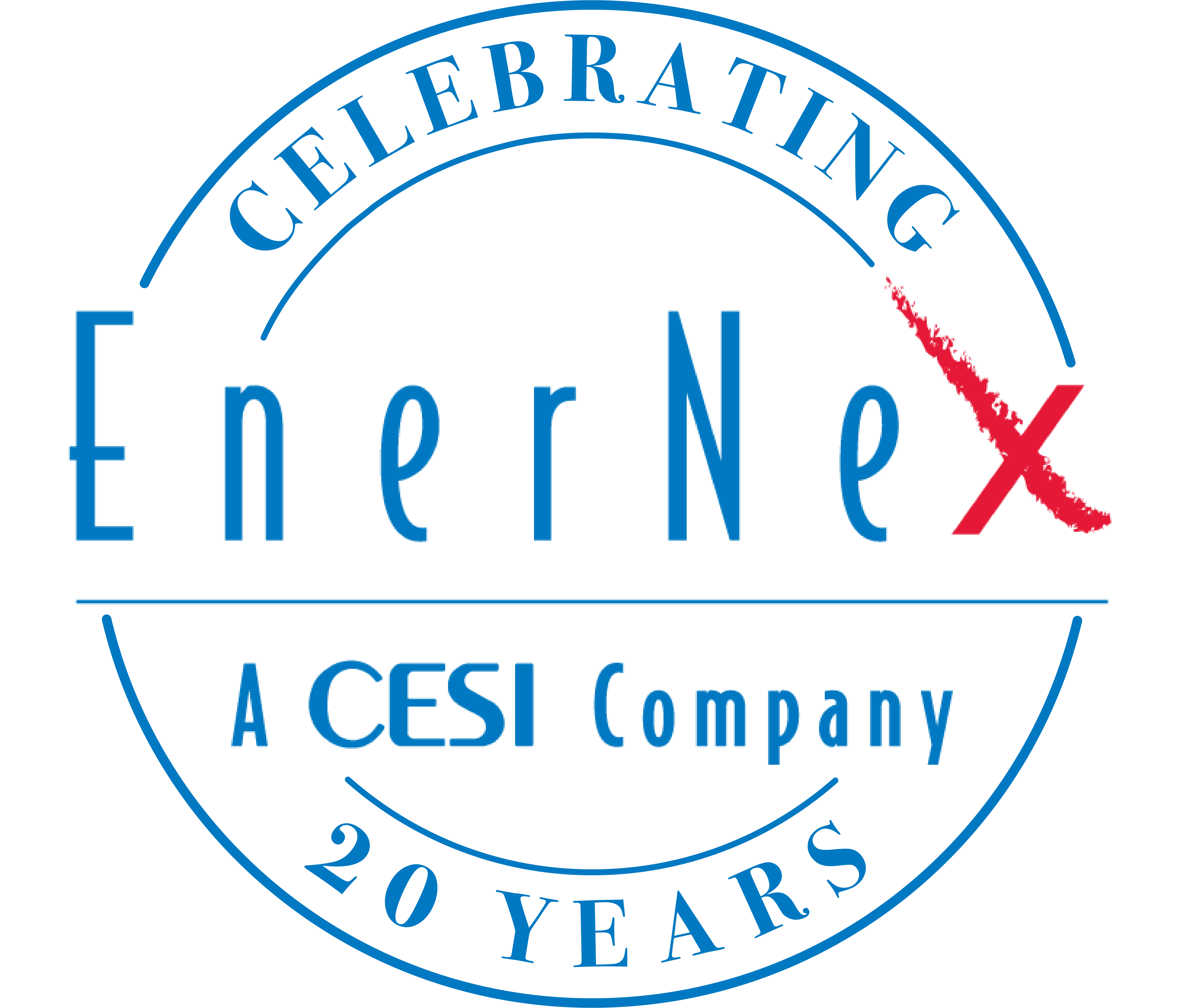Public Service Company of New Mexico (PNM)
Grid Modernization Applications
October 2022
EnerNex appreciated the opportunity to assist PNM with their grid modernization strategy, stakeholder outreach, advanced metering infrastructure procurement, and October 3, 2022 rider application to the New Mexico Public Regulatory Commission. Details regarding PNM’s grid modernization plan and regulatory filing can be found at: http://www.pnm.com/grid
READ THE REPORT
Idaho National Laboratory (INL)
Cybersecurity Guide for Distributed Wind
August 2021
EnerNex contributed to this document which contains the relevant information for stakeholders to identify the cybersecurity needs of their system, refer to relevant standards, and apply best practices in a manner most consistent with their security and operational goals.
READ THE REPORTThe series of follow on reports highlight key actionable insights from the Guide that these stakeholders can use to quickly develop their cybersecurity strategy:
- Cybersecurity for Distributed Wind: What Manufacturers Need to Know
- Cybersecurity for Distributed Wind: What Integrators Need to Know
- Cybersecurity for Distributed Wind: What Operators Need to Know
Idaho National Laboratory (INL)
Resilience Framework for Electric Energy Delivery Systems
July 2021
EnerNex co-authored this report with INL introducing a framework to enable more thoughtful and deliberate consideration of resilience as it relates to electrical energy delivery systems (EEDS), with specific application to distributed wind systems. The framework’s three stages of resilience will enable stakeholders to assess and improve their system’s resilience throughout its lifecycle.
READ THE REPORT
Energy Systems Integration Group (ESIG)
Blueprint for a National Electric Transmission Authority
July 2021
White paper developed by Bob Zavadil (EnerNex) and Alison Silverstein (Alison Silverstein Consulting). This paper has been developed to flesh out ideas described in ESIG’s “Transmission Planning for 100% Clean Energy” white paper. It reflects the views of the authors and has not been formally adopted by ESIG or the working groups of its membership, but is posted to further constructive discussion and ideas by all.
READ THE REPORT
Energy Systems Integration Group (ESIG)
Transmission Planning for 100% Clean Electricity
July 2021
The white paper outlines the characteristics of a well-designed macro grid, describes its three stages of development, and offers clear recommendations to guide a diverse group of stakeholders in designing and building an interregional macro grid for the United States.
READ THE REPORT
U.S. Department of Energy (DOE)
Dynamic Line Ratings Report
June 2019
California Energy Commission (CEC)
Smart Grid Standards Assessment and Recommendations for Adoption and Development
Applied Research Associates, Inc.
National Institute of Standards and Technology (NIST) Disaster Resiliency Project
Erich Gunther, Chairman, CTO and Co—founder of EnerNex, was chosen as one of nine Disaster Resilience Fellows to support NIST over a one—year period developing a Disaster Resilience Framework (Framework) and establishing a Disaster Resilience Standards Panel (DRSP). After Mr. Gunther’s death in mid—2016, Doug Houseman, the EnerNex Vice President of Technology and Innovation, was chosen to succeed him as one of the nine Fellows. NIST has convened the DRSP on disaster resilience standards to continue development of a community—centric resilience framework and provide guidelines for resilient buildings and infrastructure lifelines. This approach, which was included in the President’s Climate Action Plan, required multidisciplinary expertise to develop improved methods communities can use to prepare for, resist, respond to, and recover from hazard events more rapidly and at a lower cost. NIST’s Disaster Resilience Program includes Disaster Resilience Workshops; the Framework; the DRSP Model Resilience Guidelines; and the Community Center of Excellence. The NIST program is intended to be complementary to disaster resilience efforts within the Federal government and the private sector. The Framework will establish the overall performance goals; assess existing standards, codes, and practices; and identify gaps that must be addressed in order to bolster community resilience. The DRSP is to be a self—governing body, initially supported by NIST, which will meet regularly to develop Model Resilience Guidelines for critical buildings and infrastructure lifelines essential to community resilience. The DRSP will also continue the development of the Framework.
READ THE REPORT
Southern California Edison (SCE)
Smart Grid Technology Development and Integration Roadmap
EnerNex developed a customized technology development and integration roadmap document for the Edison SmartConnect project. This effort included Use Case expansion and revision of the 2006 Phase I use case development and business case artifacts as well as incorporating lessons learned from other utility roadmap development projects focused on SCE’s specific needs and priorities.
READ THE REPORT
EnerNex prepared this report with EPRI, summarizing the results of the Smart Grid roadmaps assembled by EPRI from 2007 to 2011. The report organizes lessons learned and the methodologies used to develop the roadmaps. The report is intended to serve as a useful reference for companies that already have a Smart Grid roadmap in place and may help justify further efforts to use and update the roadmap efficiently.
RedVector.com, Inc.
Municipal Resiliency Practicalities
EnerNex developed and recorded a continuing education presentation entitled “Microgrids and the City – From analysis to case studies” that is marketed and sold by Red Vector on their website.
READ THE REPORT
California Energy Commission (CEC)
Smart Grid Standards Assessment and Recommendations for Adoption and Development
EnerNex researched and delivered a report on smart grid standards under the Public Interest Energy Research (PIER) program of the California Energy Commission with the goal of addressing four fundamental questions related to standards and technology for building a Smart Grid for California: (1) What new and emerging technologies are on the horizon that impact the Smart Grid of the future; (2) How to avoid incompatible systems being fielded that result in costly replacements ahead of projections (i.e., stranded assets); (3) How to help foster open access, competition and commercial growth of new and exciting technologies that offer energy consumers new ways to meet their energy needs while at the same time saving them money; and (4) Where government can help and where government should stay out (i.e., “What” vs. “How”).
READ THE REPORT
Electric Power Research Institute (EPRI)
LEMNOS Project
The Lemnos Interoperable Security Project is public-private partnership and part of the United States Department of Energy’s (DOE) Cybersecurity for Energy Delivery Systems (CEDS) program and focuses on a cyber security interoperability framework for communications supporting the energy sector. EnerNex supported EPRI in the demonstration of the DOE Lemnos Ipsec Interoperable Configuration Profile (ICP) within its Smart Grid Substation Lab in a multi-vendor configuration. The projects main output was the development of a “how to” configuration guide for setting up a Lemnos compliant IPSec session between an SEL-3620 Ethernet Security Gateway and a CISCO firewall. It also included an evaluation of the effectiveness of as well as development of recommendations for associated testing and conformity goals for the Interoperable Configuration Profile.
READ THE REPORT
Southern California Edison (SCE)
Irvine Smart Grid Demonstration
Xcel Energy
Grid Modernization Roadmap
In support of Xcel’s Integrated Distribution Plan regulatory filing to the Minnesota Public Utilities Commission, EnerNex worked with ScottMadden to develop a strategic articulation of Xcel’s Grid Modernization investments to enable greater customer engagement, empowerment, and options for energy services. This includes an Advanced Distribution Management System (ADMS), AMI, Field Area Network (FAN), Fault Location Isolation and Service Restoration (FLISR) and Integrated Volt Var Optimization (IVVO) to enable adoption of Distributed Energy Resources (DER).
READ THE REPORT
Consolidated Edison (ConEd)
Grid Modernization Roadmap
EnerNex was part of a team assisting Con Edison in development of a grid modernization plan in order to provide flexibility, resiliency, reliability, safety and security while adapting to clean and distributed energy resources in relation to the New York Reforming the Energy Vision (REV). EnerNex is reviewing plans for systems upgrades, taking into account the deployment of advanced metering infrastructure (AMI), implementation of a distributed energy resource management system (DERMS) and planned updates of operational platforms including field area network telecommunications for distribution management. The grid modernization roadmap was included as a component of the July 2018 Distributed System Implementation Plan (DSIP) filing.
READ THE REPORT
Electric Power Research Institute (EPRI)
Revenue Protection Guidelines for Advanced Metering
EnerNex facilitated a series of workshops that gathered and documented industry best practices for revenue protection in utilities that have implemented advanced metering. Based on the experience of utilities that had implemented revenue protection utilizing data from their AMI systems, EnerNex documented best practices for analytic algorithms utilizing digital sensors and remote readings.
READ THE REPORT
Electric Power Research Institute (EPRI)
Integrated Threat Analysis Framework (ITAF)
EnerNex supported EPRI as part of its Integrated Threat Analysis Framework (ITAF) project. The project built upon EPRIs Integrated Security Operations Center (ISOC) efforts and developed an event analysis framework for correlating cyber security, physical security, and power system events. The main elements of the framework included use case examples and templates, identification of operational data sources and data attributes, and guidance on event detection and correlation involving the power system related data. The project focused on the aggregation of data from multiple domains (Information Technology, Operations Technology, Physical, threat indicators, etc.) to provides a view across the entire utility enterprise and to determining how to use this information to support decision making and incident response. Emphasis was placed on addressing the challenges induced by the variability and dynamic nature of the operational environment and the difficulties encountered when using this type of data with traditional, static threat scenarios.
READ THE REPORT
